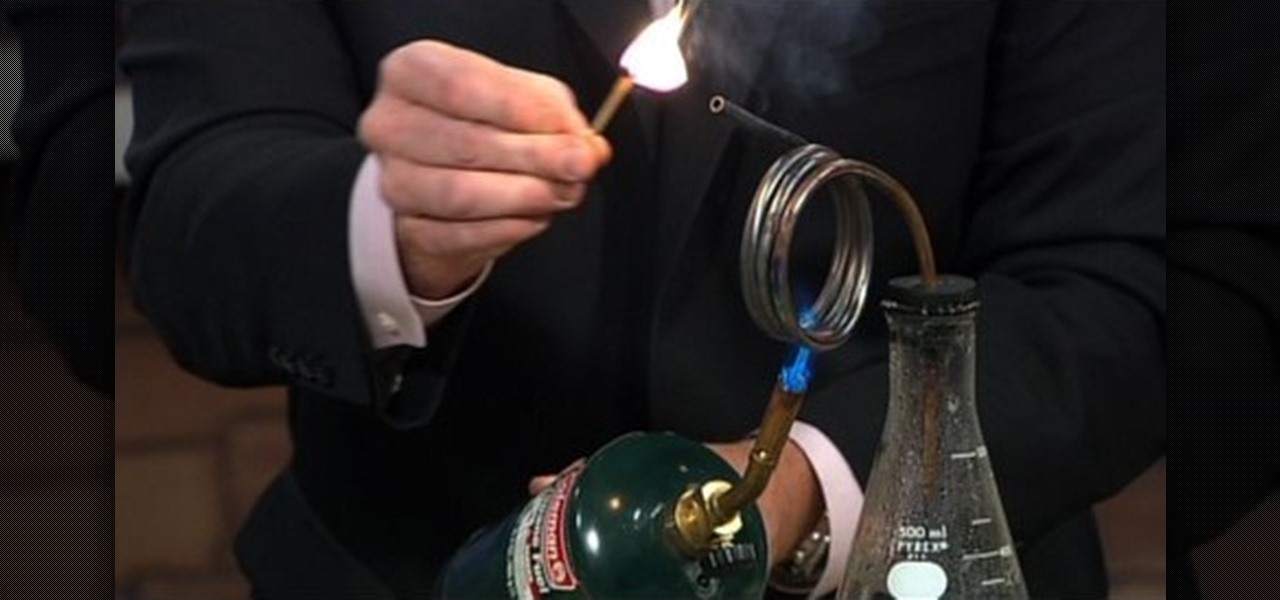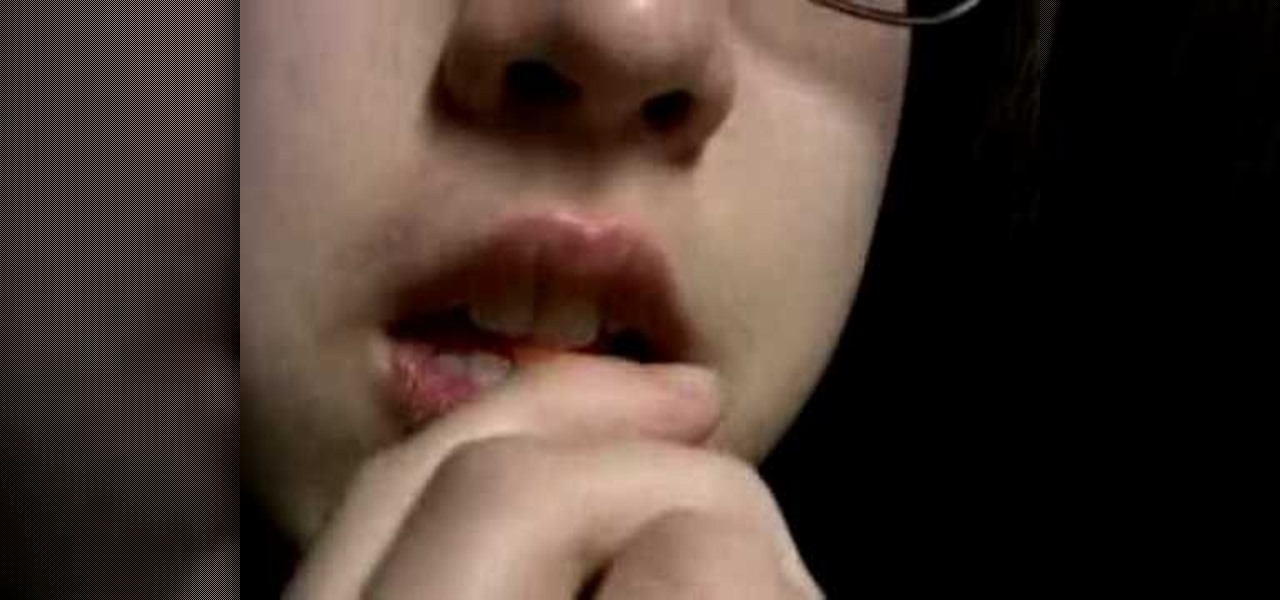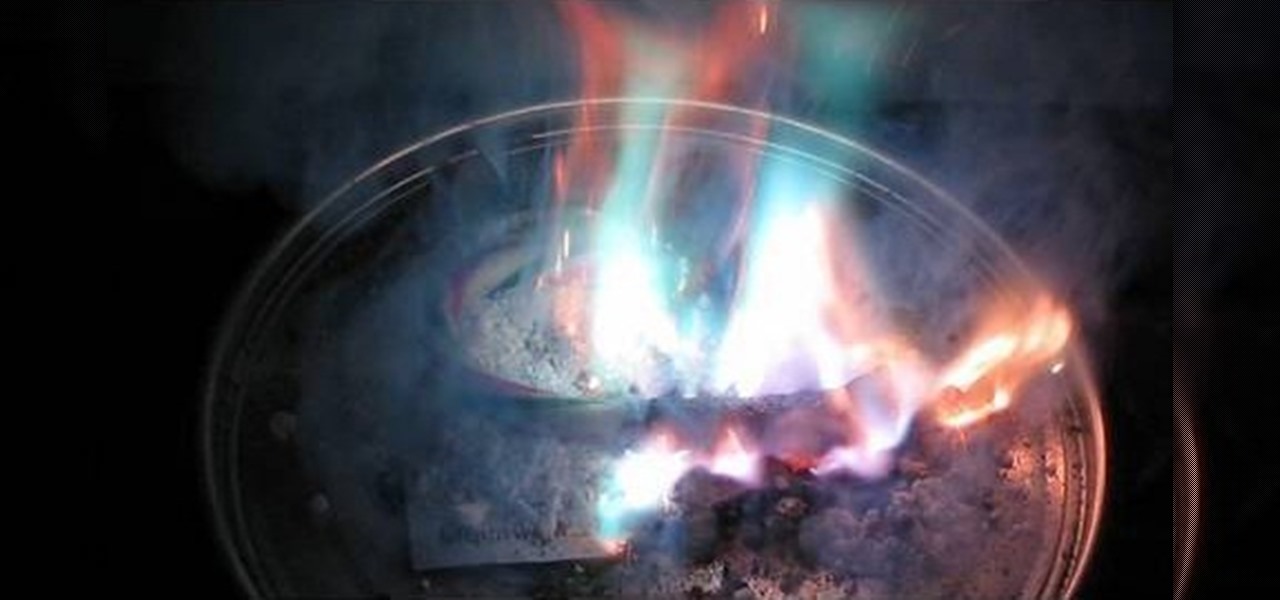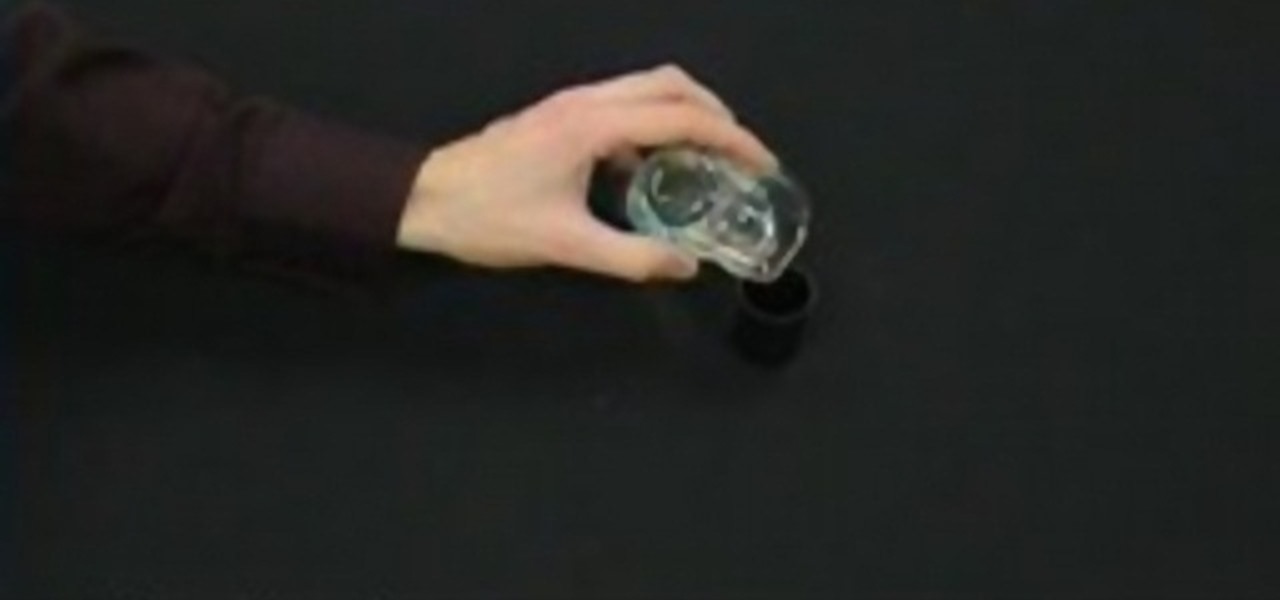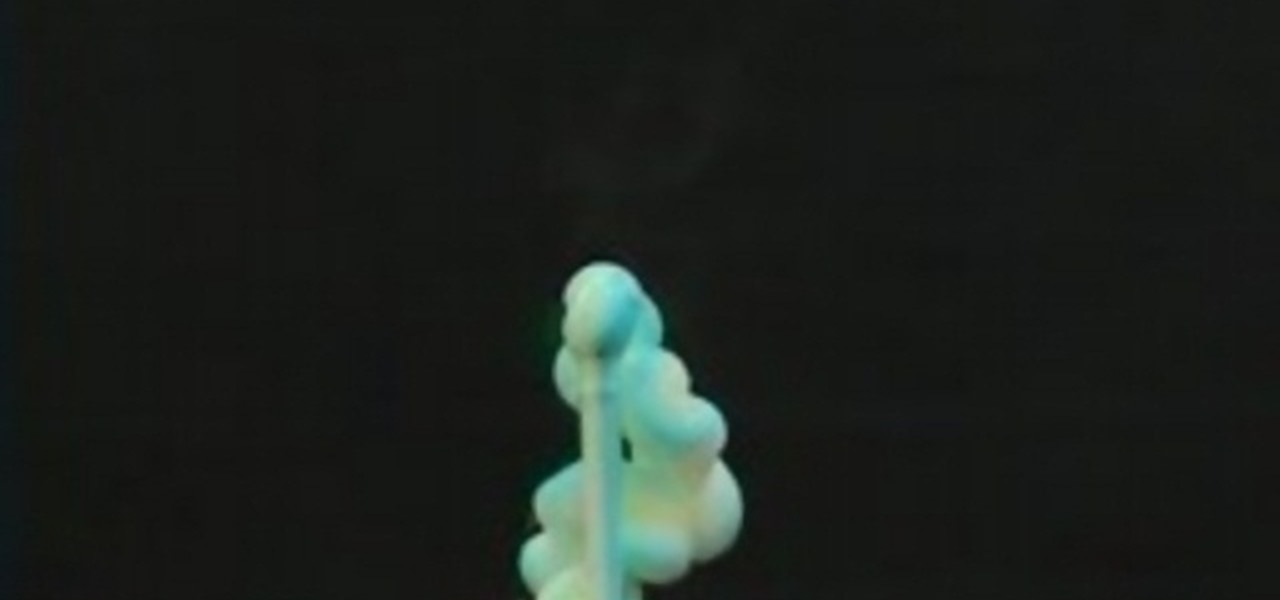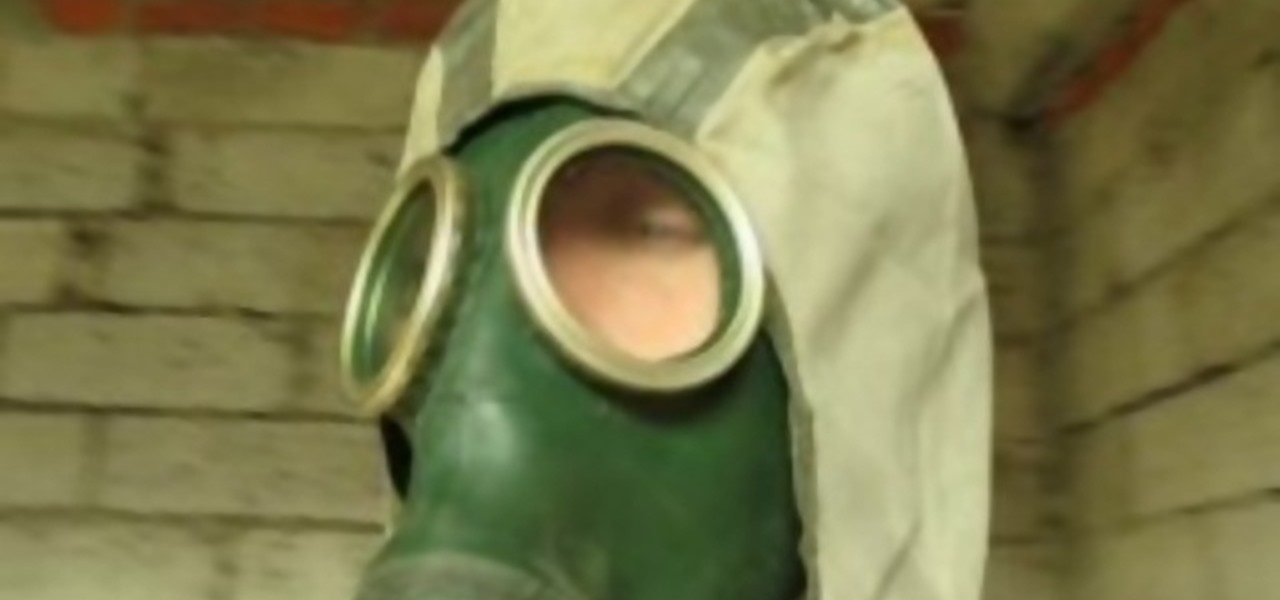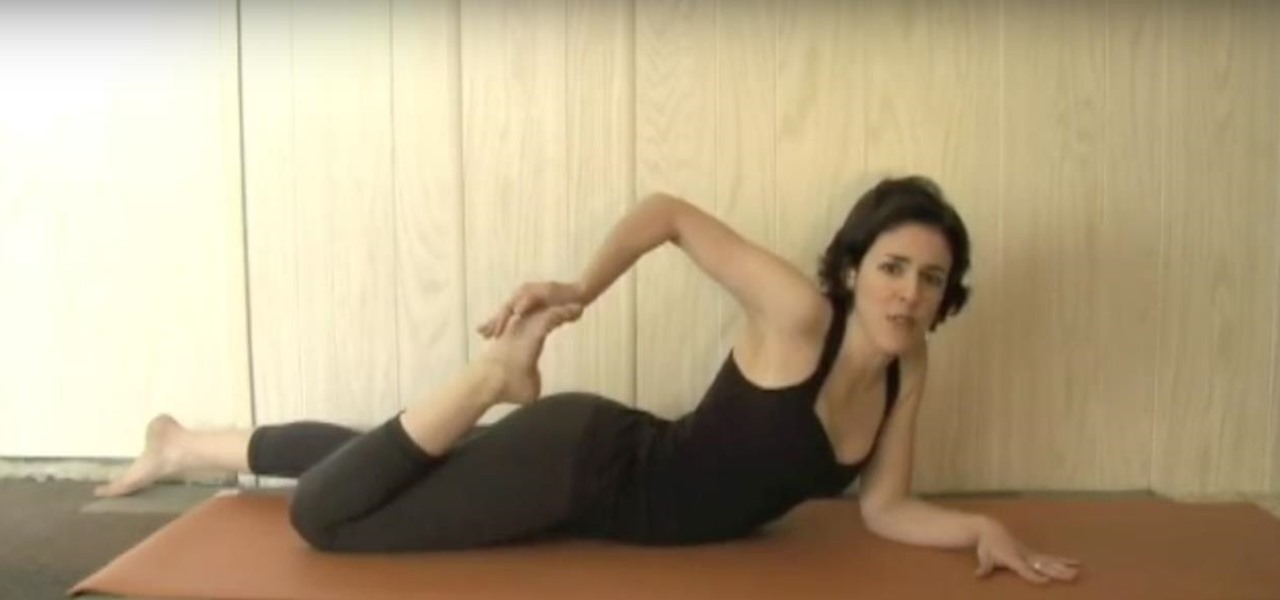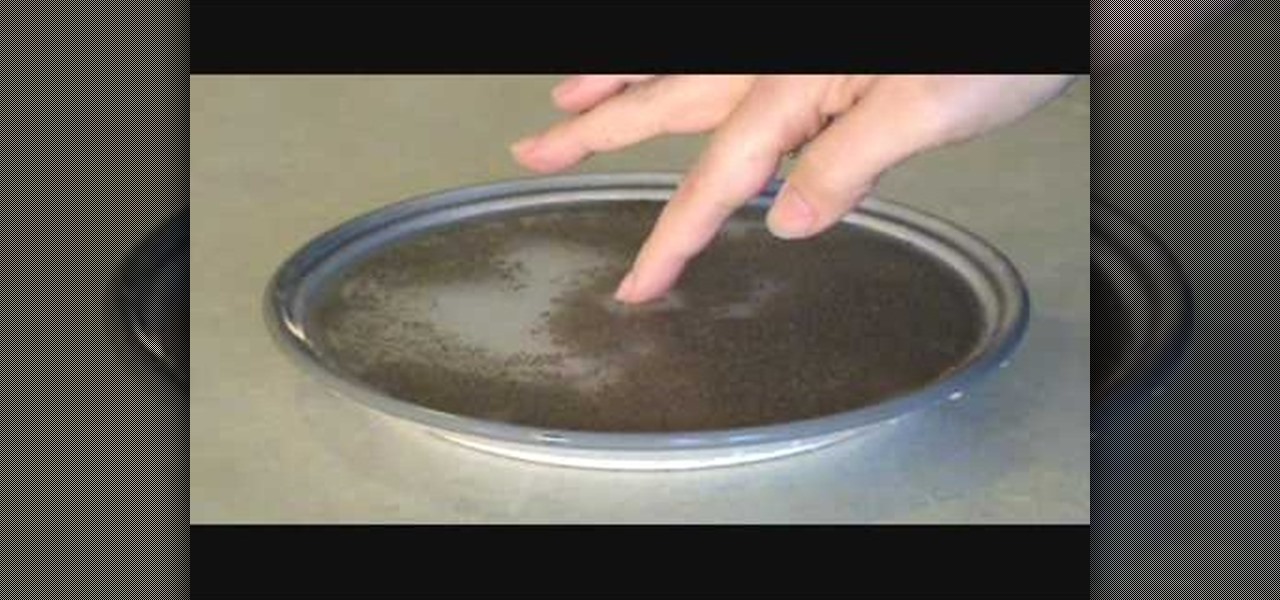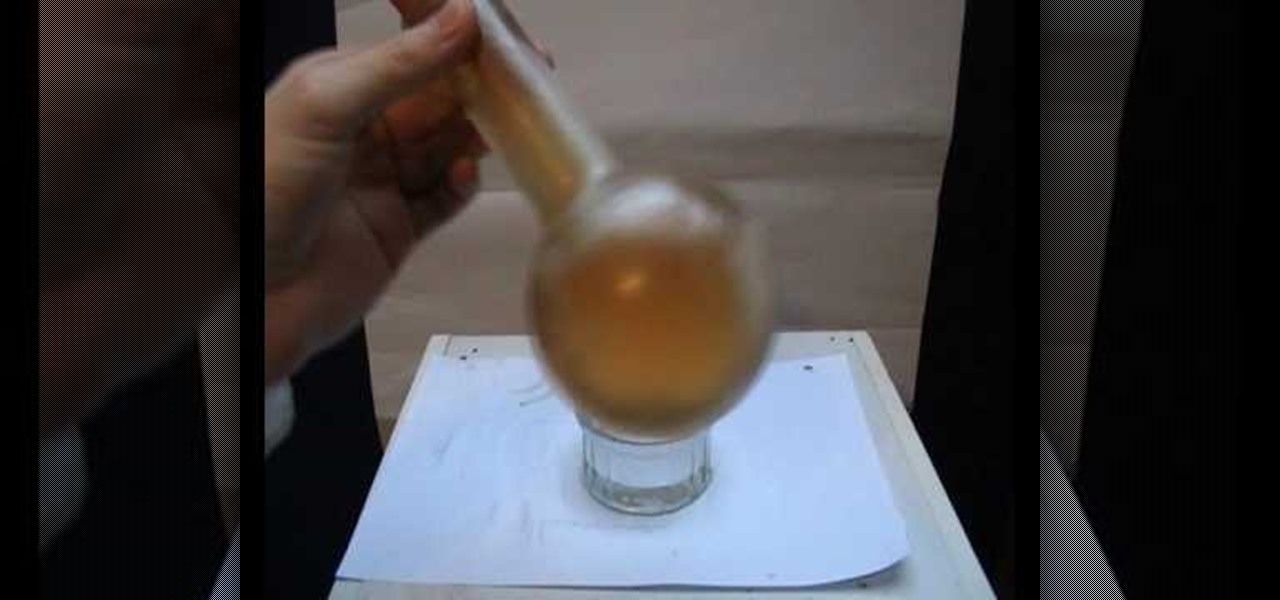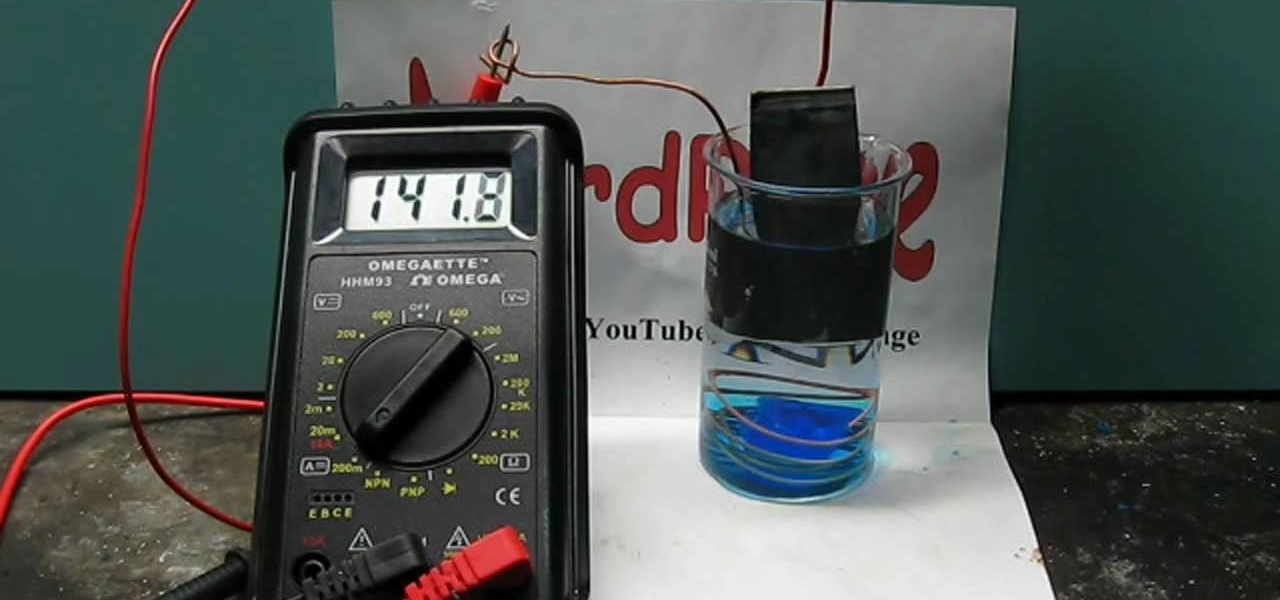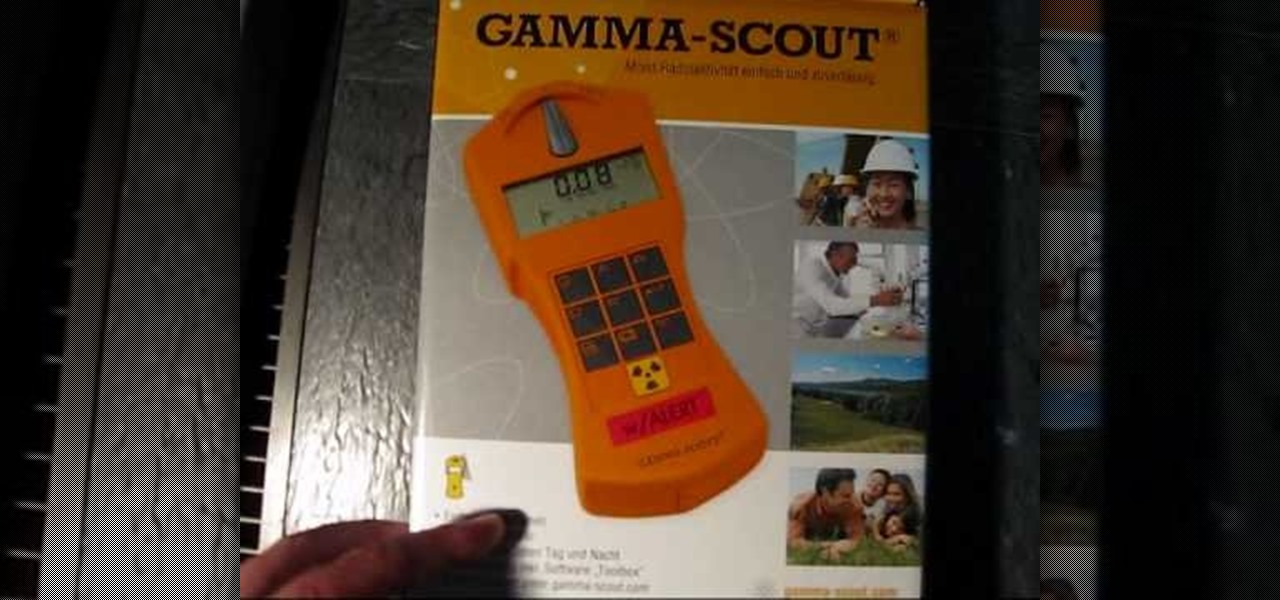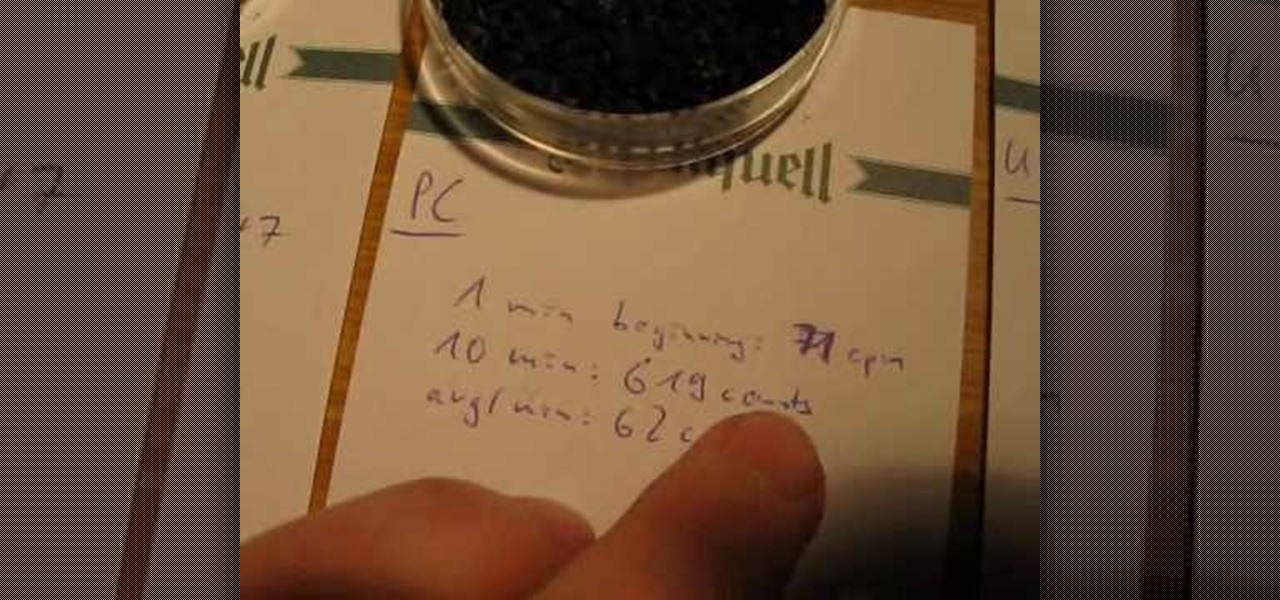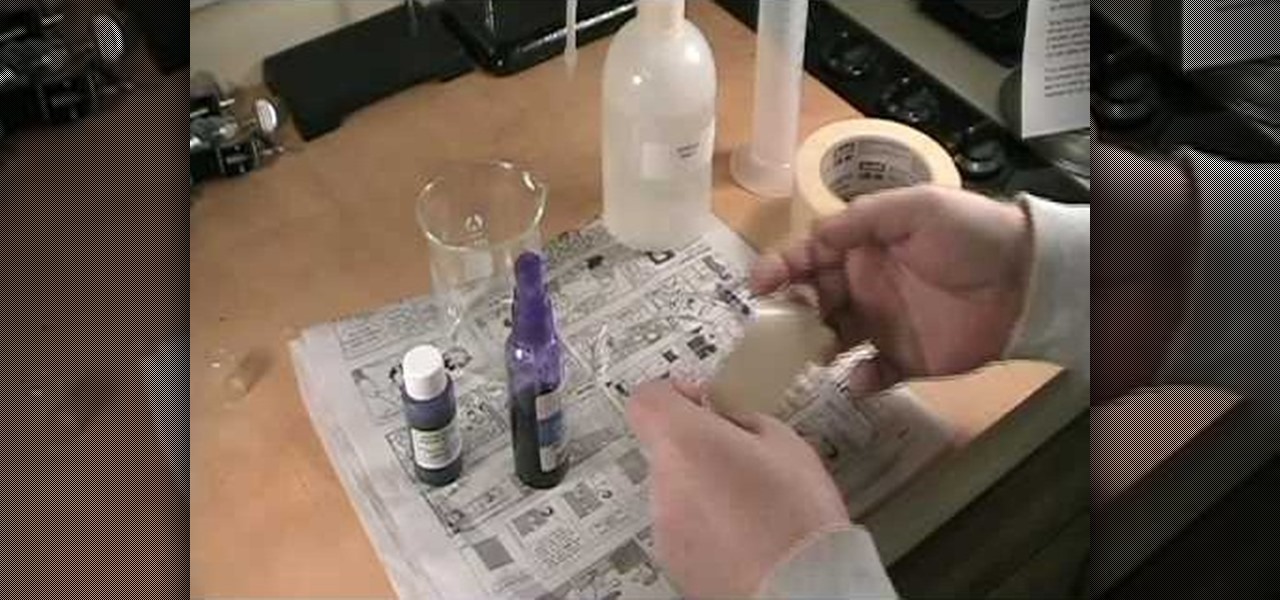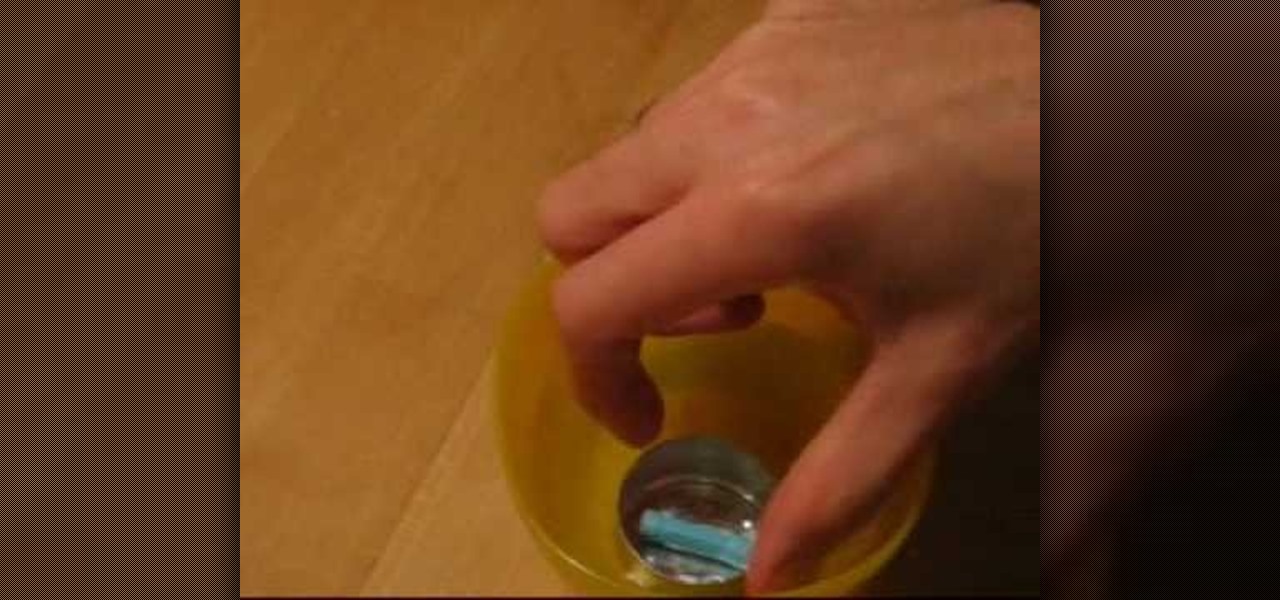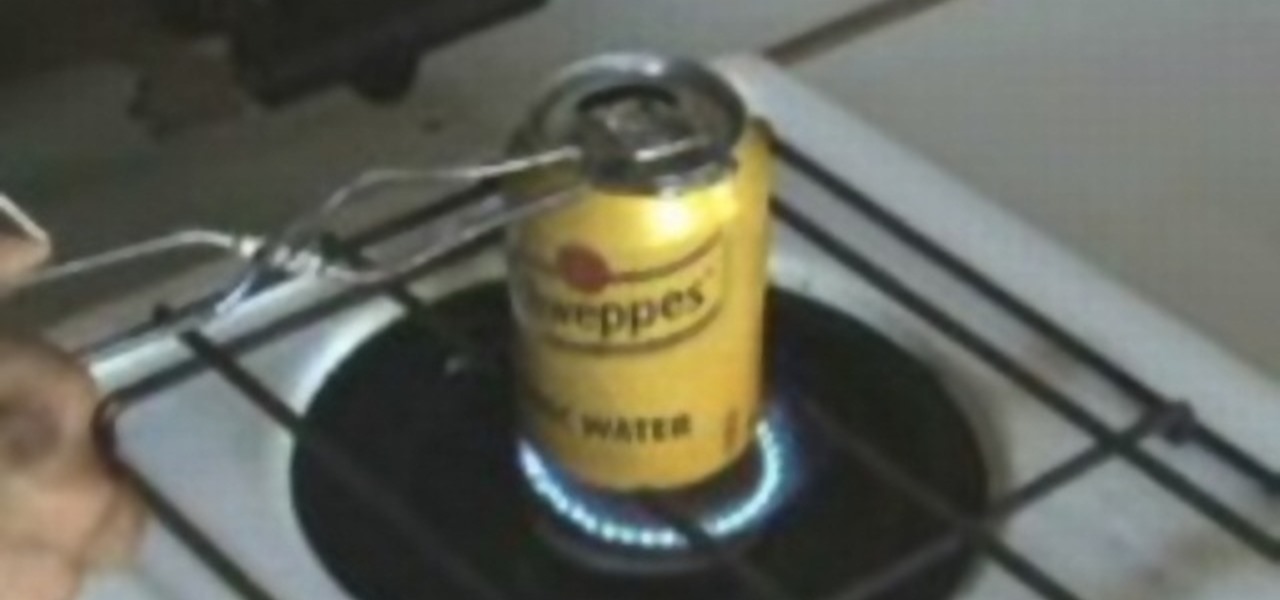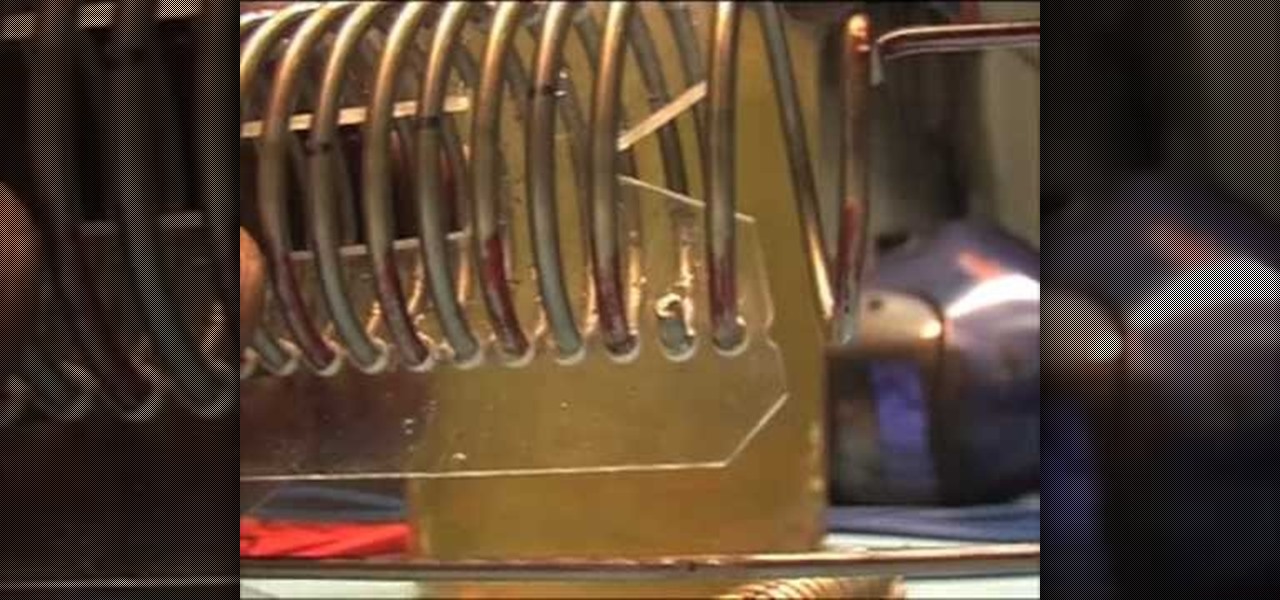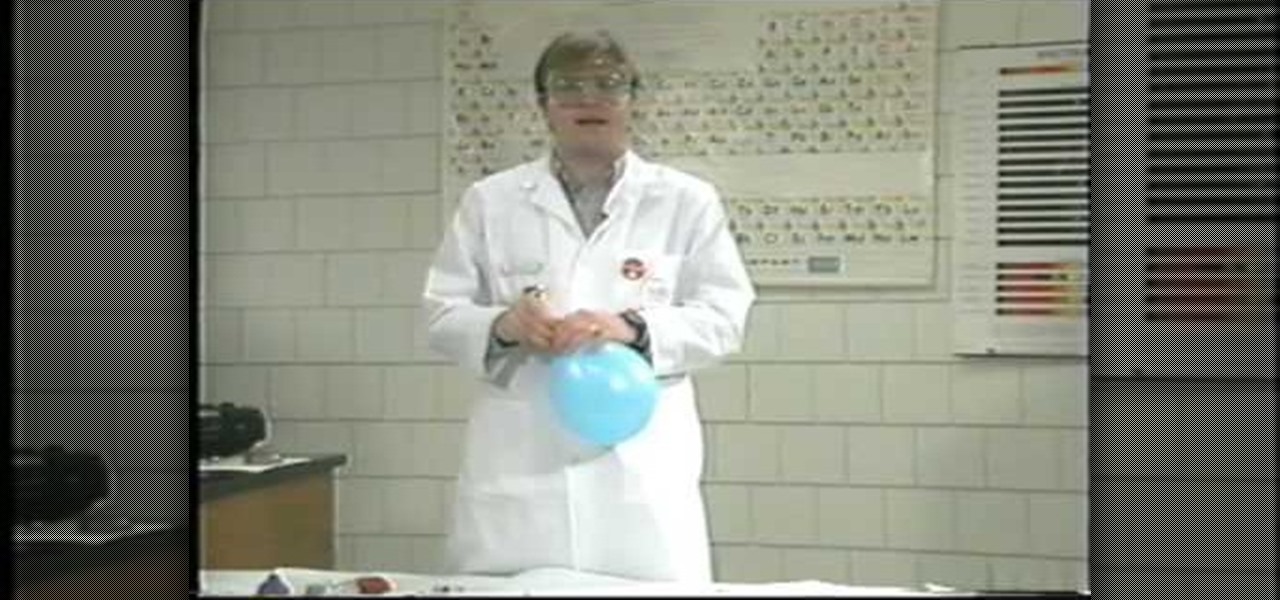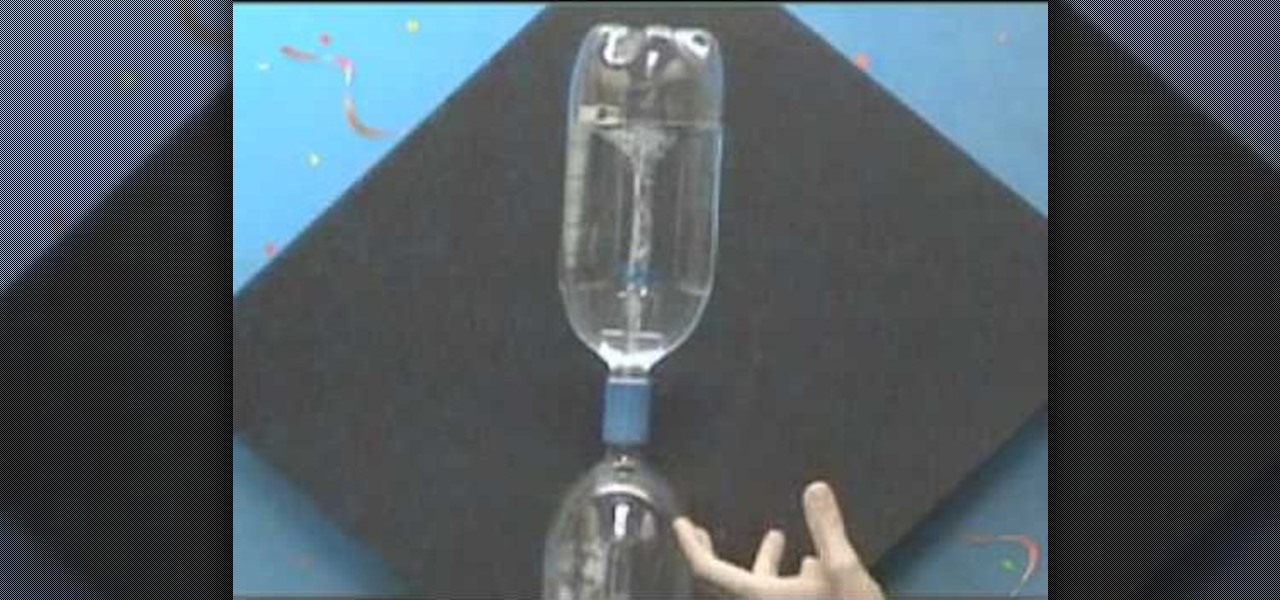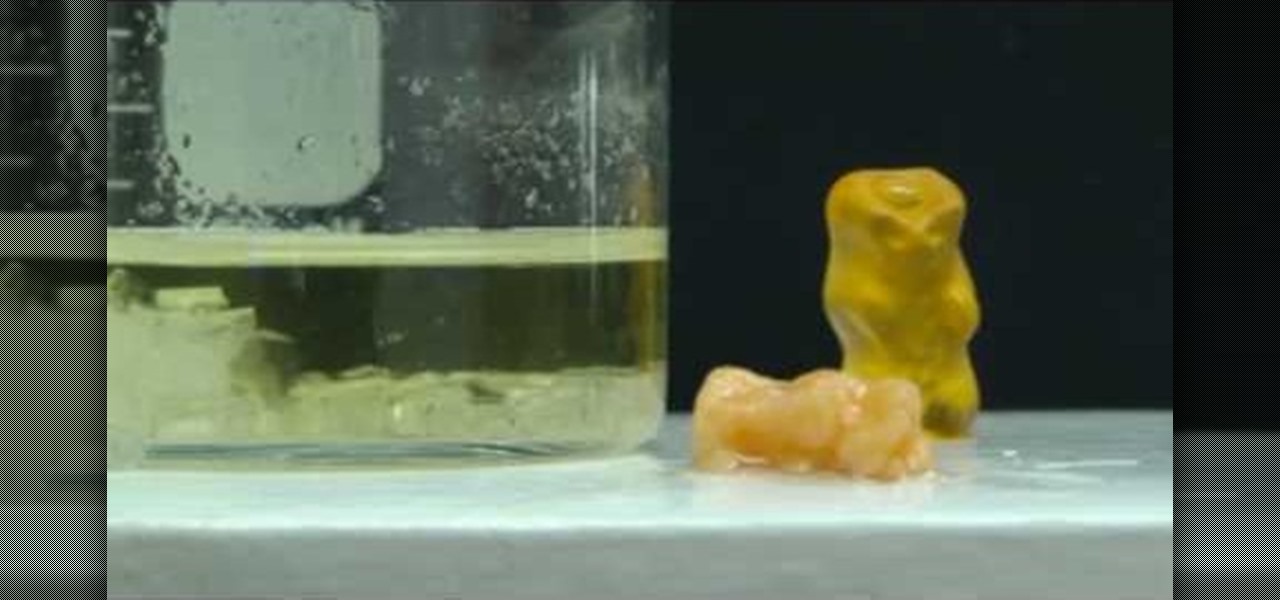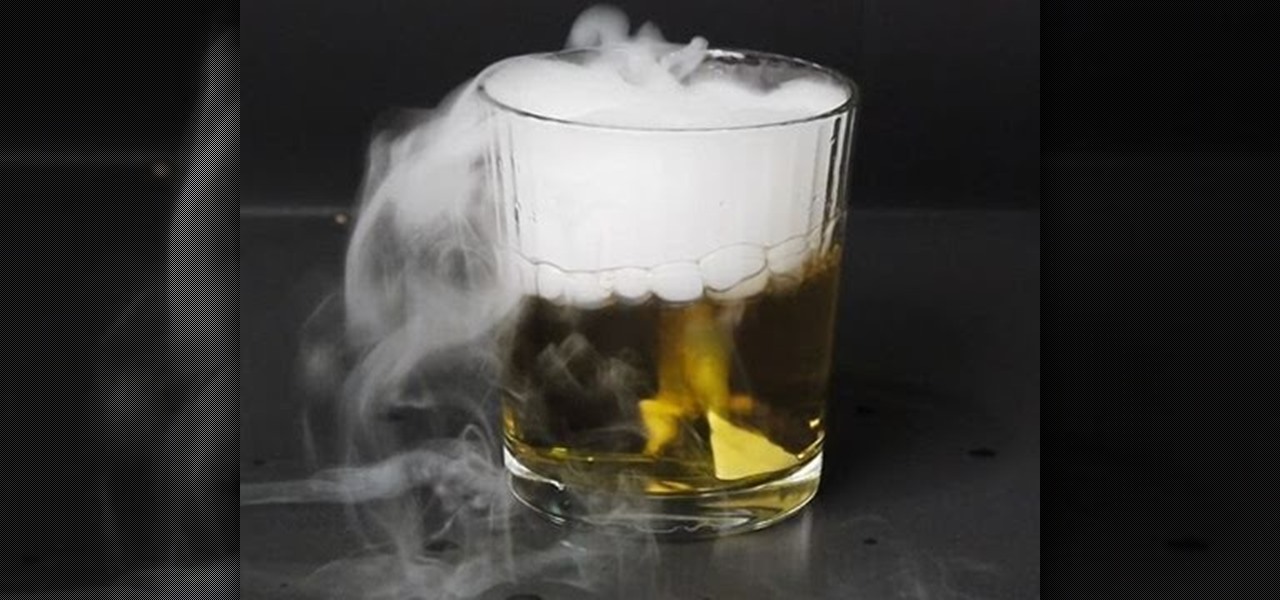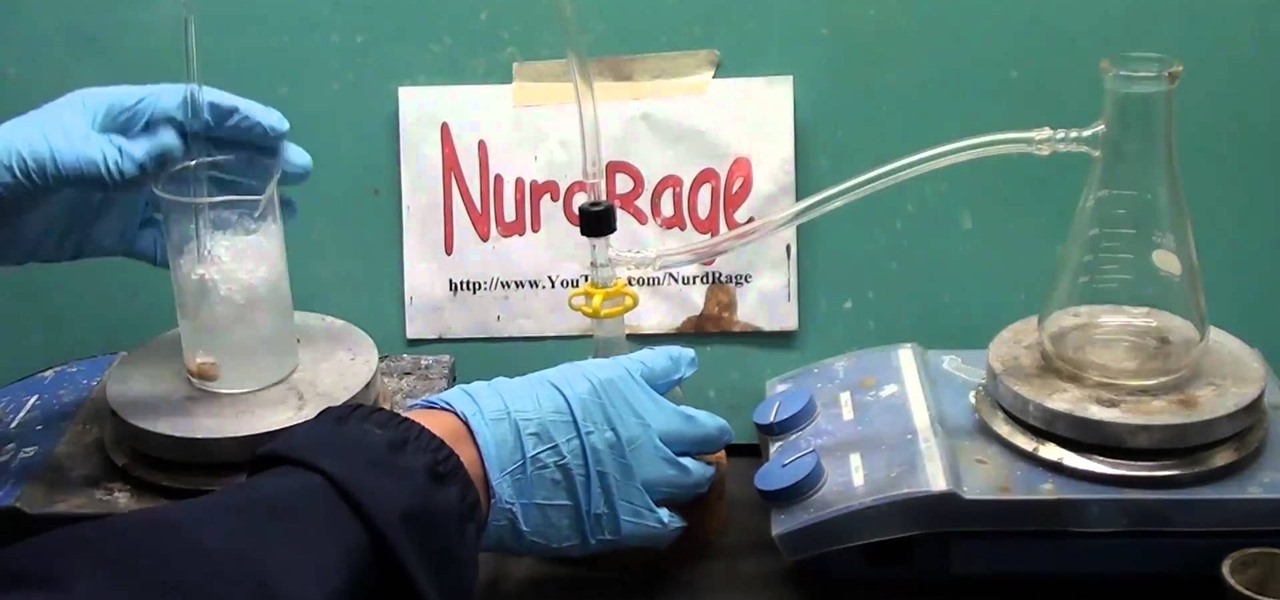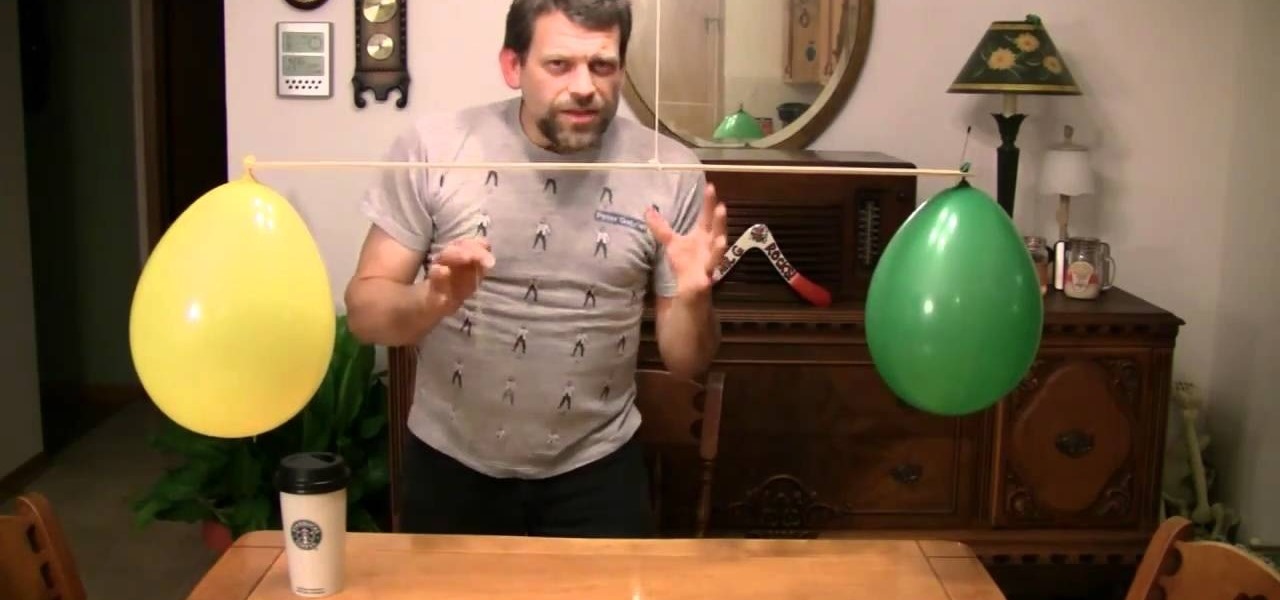
With this cool science trick by Mr. G, learn how to weigh something you can't even see! Using a stick, some string and two balloons, you can see in your very own home that air, invisible as it is, has weight. This is a good example to show atmospheric pressure.
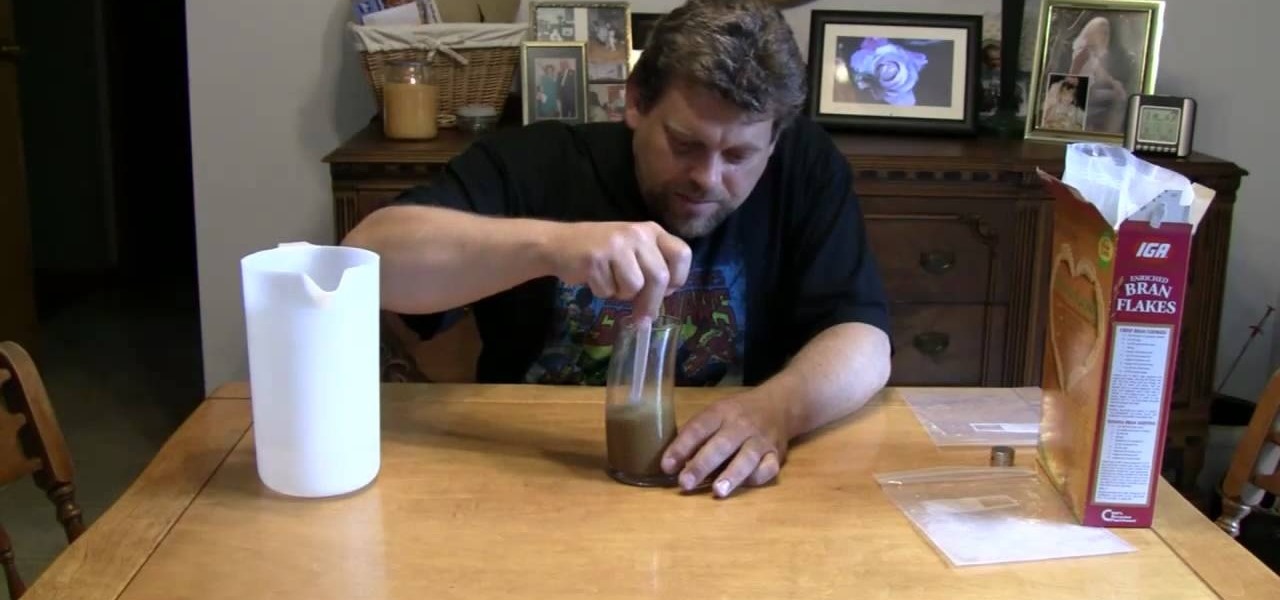
There's a lot of iron in your cereal, so much that it's possible to isolate and remove it using a little known trick. In the video below, Mr. G of Do Try This at Home will show you his secret to removing the iron content of your daily cereal, using a magnet to show exactly how much of the mineral is in a bowl of bran flakes. It's a little bit awkward, so brace yourself!
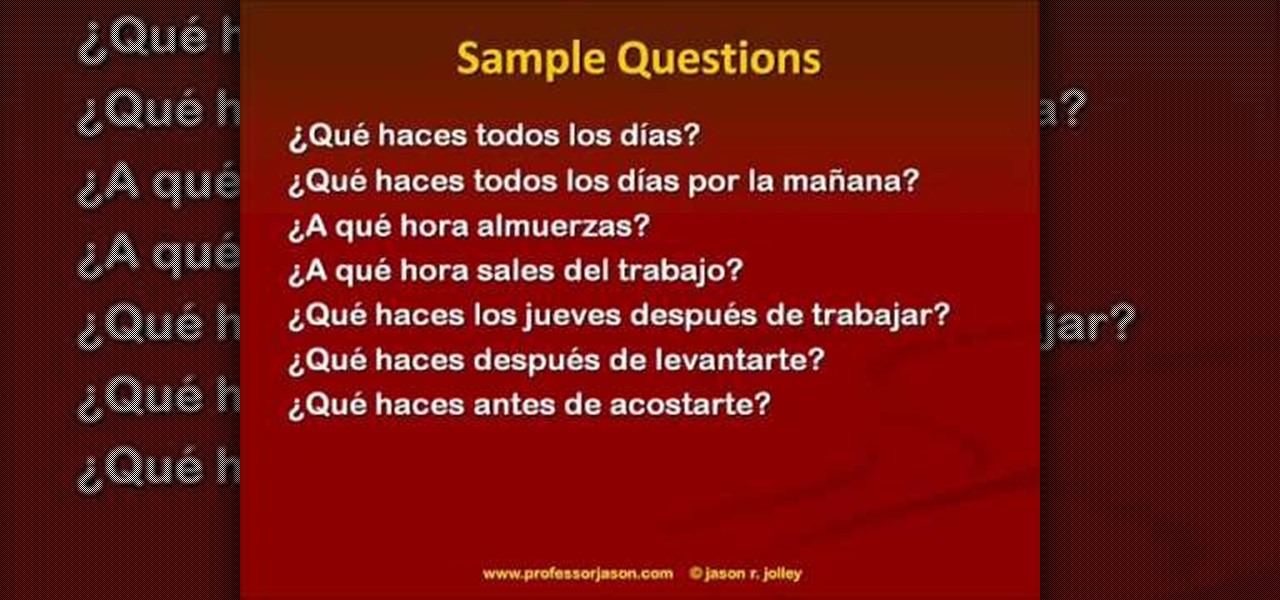
In this video, we learn how to talk about your daily routine in Spanish. First, you need to learn common expressions about doing things. The key verbs that talk about your typical routine include: "despertarse" (to wake up), "levantarse" (to get up), "banarse" (to bathe), and "ducharse" (to shower). These are just a few of the verbs you can use for your daily routine. Other activities include: "estudiar" (study), "cenar" (to have dinner), and "acostarse" (to go to bed). Make sure if you are u...

You work five days a week, and each day you try, try and try again to get the perfect makeup. Once you find that perfect look, it's your go-to makeup style for not just work, but any everyday, routine event. Well, this video tutorial might be your answer. See how this girl applies her daily work makeup that she pretty much uses every day.

Going to be a nurse? Then one important part of your nursing responsibilities involves doing a daily check of the code blue cart or crash cart. The crash cart is checked every shift for emergency items and function. In this how-to video we review the nurse’s responsibility to test the defibrillator oxygen tank, most hospitals change tanks at 500 or 1000 psi. Follow along an see how simple it is to do a daily check of the code blue cart.

See how to conduct the Minha daily afternoon Jewish service, because you want to be an awesome rabbi, right?

Last month, Leap Motion's vice president of design and global creative director, Keiichi Matsuda (a member of the NR30), suddenly left the company. Just days later, a story leaked that revealed that Leap Motion had twice failed to lock in a potential deal with Apple.

This is a cool experiment that shows what happens when we superheat steam. Wath as we move beyond a gas to something else! Steve Spangler is the science man and he'll turn you on to something cool. We usually think of water as a substance used to put out fires... but what happens when water turns to steam and that steam gets superheated? Watch in amazement as the steam created in the experiment is used to create - not extinguish - fire!

3,2,1... blast off! Here's a fun little experiment you can do with a tea bag and some matches. You can try it at home and see how far up you can make your tea bag rocket go. The Tea Bag Rocket is really an adaptation of a classic science demonstration called the Ditto Paper Rocket. Each piece of Ditto paper had a sheet of tissue paper that separated the two-part form, and it was this discarded piece of paper that kids used to make the "rocket." Since Ditto paper is a thing of the past, scienc...

In this two-part science tutorial, learn how to make a DIY reed instrument! By cutting the end of a drinking straw you can make a musical reed instrument that you can actually play a tune on. Within these videos, you will also gain some insite into the science of sound and music.

How many times have you tried to set fire to candy canes, only to watch in sad frustration as they melt into sticky blobs. We've all been there, right?

Try out this science experiment... watch this video tutorial to learn how to make a simple rocket with film canisters. This is purely educational, and demonstrates the reaction of an Alka-Seltzer tablet, toilet paper, and water. If you don't have Alka-Seltzer, you can substitute it with baking soda, then substitute the water with vinegar.

Try out this science experiment... a classy chemical demonstration. Watch this video tutorial to learn how to make a foamy elephant toothpaste chemical reaction. There's a reason why they call this elephants toothpaste.

Try out this science experiment... demonstrate pressure and volume. Watch this video tutorial to learn how to create an explosion with liquid nitrogen and a plastic bottle. See the demonstration of the exploding reaction of the pressure build up in the bottle.

Ever wonder how to measure the height of a building, without using a tape measure? Well, this crazy science experiment will show you how. Just watch and you'll see how to measure the height of a building with a CRT monitor, gravity and math.

This science video shows how to estimate the diameter of the Sun, including step-by-step instructions for constructing the equipment needed and an overview of the geometry of similar triangles. If you like space and science experiments, you can't miss this one.

Extract Iron particles from Your Total cereal. Talk about your recommended daily allowance of iron. You won't believe it!

Dina Prioste teaches viewers how to do a half frog stretch out. Now, lie down on your stomach with your elbows right under your shoulders. Now grab your left leg and pull this towards your right butt cheek. You can also lay all the way down on the floor. You can also bring the heel outside of the hip if you are very flexible. This is a great stretch for your quad and hip. This will stretch the entire front of your body as well as your core. The more open you get with this pose, you can do bot...

In this tutorial, we learn how to create a plankton science model. You will first need a clear bucket with water, modeling clay, toothpicks, sponge, beads, buttons, pipe cleaners, Styrofoam peanuts, and more. To make the plankton, you will first take the peanut and stick a toothpick into it. Then, add a paperclip on top of that to give it some weight. Drop it into the water and see if it floats or sinks. Add some more weight to it to see how much weight it takes to sink it to the bottom. Have...

Surface tension is one of the coolest things about water. Without it, there would be no waterskiing, and that would be a sad world. This video will show you how to do a cool science magic trick with pepper, soap, and water that demonstrates surface tension. All you do is scatter the pepper on the surface of the water, then dab your finger with dishsoap and touch it to the water. You finger will appear to repel the pepper as the soap disturbs the surface tension of the water. Cool little trick...

Love doing science experiments? Want to impress your friends with your science skills and look good? Then you must watch this video.

Watch this science video tutorial from Nurd Rage on how to make copper sulfate and zinc batteries. They show you how to make the classic copper sulfate and zinc battery using the incredibly easy "gravity" battery design approach. Great for science fairs and similar projects this battery can be used to explore many basic concepts in batteries.

The potential of augmented reality is often shown in science fiction movies, but a new exhibit marries the genre with very real-world AR technology, to great effect.

Occasionally, a not-so-great movie also does something so right that you have to forgive some of its sins and give it a little love. Such is the case with the latest film from Keanu Reeves, Replicas, which takes a HoloLens-style device and gives us a look at how future research labs might use that kind of augmented reality device, sort of.

My morning just doesn't start without a cup of coffee and an incredibly hot shower. There's nothing better than sloughing off sleep with a dose of warm, cleansing water. Except, as scientists are pointing out, our habit of showering daily isn't exactly the healthiest choice. Though it feels great, if you have a shower-a-day habit like I do, you're showering all wrong.

This free video science lesson from YouTube's bionerd23 demonstrates ahow to use a GAMMA-SCOUT Geiger counter radiation detector. For all of the relevant details and detailed, step-by-step instructions, as well as to get started using your own GAMMA-SCOUT Geiger counter, watch this home-science how-to.

This free video science lesson from YouTube's bionerd23 demonstrates a simple technique for detecting the presence of radon, a radioactive noble gass. For all of the relevant details and detailed, step-by-step instructions, as well as to get started trying this experiment yourself, watch this home-science how-to.

This video would be very interesting for those seeking careers or those interested in the field of criminal science. This field involves forensic science. The video explains to us how to use gentian violet in order reveal latent fingerprints. He explains to us the experiment he is about to do before he does it. Genetian violet is a type of dye solution that can be very helpful in retrieving fingerprints. Safety goggles and gloves should be worn at all times.

Want to see what happens when baking soda and vinegar become mixed together? Well, this science video tutorial will show you how to do a baking powder and vinegar carbon dioxide experiment.

Take a look at this science how-to video to see how to make a homemade compass. It's very easy to build your own DIY compass and is a great science project for the kids.

Check out this science experiment video to see how to implode a soda can with heat. That's right, implosion. Take an empty aluminum soda pop can and put a spoon of water into it. Heat it over the stovetop for about thirty seconds, then invert the can and dip it into a bowl of water. This is as simple as science gets, and easy to do, just be safe around the stove flame and don't burn yourself.

Check out this instructional science video that demonstrates how to make high production spirals. Since for many people it is much easier to buy 1/12 of an inch 316 L Stainless Steel welding wire or a 1/8 of an inch wire (instead of plates or tubes), then for those of you who do not have the practical skills this video might just be a little hint and a aid on how to proceed. There are so many details needed involved in order to make it simple and replicable. Learn how to build production spir...

Check out this instructional science video to learn how to make a soda pop can implode. You will need a torch, a Bunsen burner, or stove; a soda pop can with a tiny amount of water in it; tongs, or something to hold the can; and a bowl of ice water. This is a cool science experiment to perform, but adult supervision recommended. Follow the tutorial video's simple instructions and watch the soda pop can implode.

Check out this instructional science video to learn how to make a compass floating in glass of water. You will need a sewing needle, a standard refrigerator magnet, and a piece of toilet paper. Nestle the needle into the toilet paper and place it into a glass of water. The toilet paper will absorb the water and inevitably sink, but the needle will become an instant compass pointing north and south without fail. Have fun with this science experiment with the kids by playing with the magnet.

Lance Lund, a professor at Anoka-Ramsey Community College, was asked to prepare a promotional science video for the college back in 1995 that was to air on a local cable access channel. All went well until he inhaled some sulfur hexafluoride (SF6). The video never aired, but many more of you from around the world will be able to enjoy this right here.

Ever wondered how a tornado works? Well, wonder no longer and watch this video tutorial for teachers and students alike. You will see how to create tornado demonstrations for use in the classroom or for fun.

This is a super cool way to learn some science while combating spring break or summer break boredom. This science video teaches you how to boil water at room temperature. Obviously this won't work in the normal conditions in which you boil water. But if you place the water in a vacuum, where the atmospheric vapor pressure is lowered, water can boil at a much lower temperature.

Gummi Bears are great for science experiments due to their gelatinous makeup. In this video you will learn how NOT to make a Gummi Bear conduct electricity, but in fact how to use them to demonstrate osmosis and crystallization by preparing them for conductivity.

If you ever had a cool high school chemistry teacher, they probably demonstrated for you how dry ice can freeze everyday objects. But oh, it can do so much more and freeze so many more interesting things. This video will show you some fun dry ice tricks you can do, from making water acidic to freezing pure alcohol to making tomatoes so hard you can smash them with a hammer.

In this home-science tutorial from WonderHowTo favorite Nurdrage, you'll learn how to create hydrochloric acid using 140 grams of sodium bisulfate, a pH lowering compound available in most pool stores, and 60 grams of sodium chloride salt and an external heat source. Watch for a full demonstration of the process and complete, step-by-step instructions.









